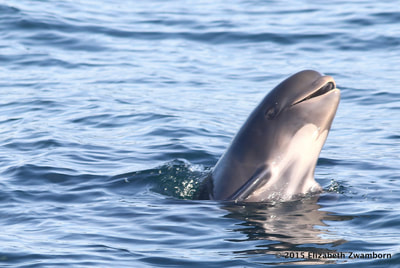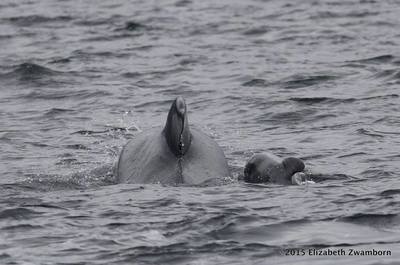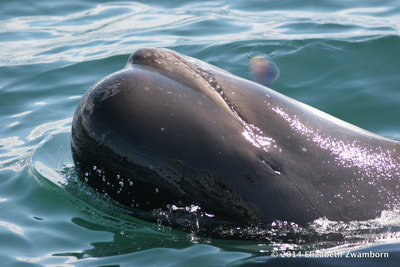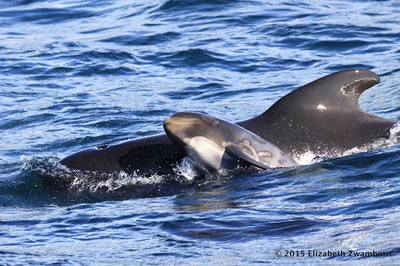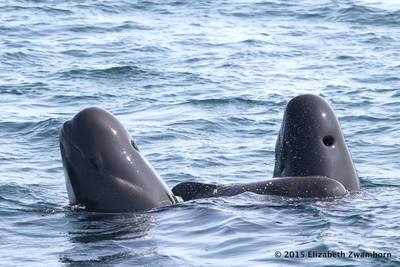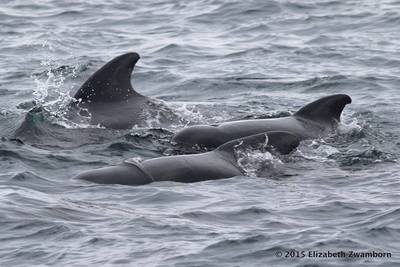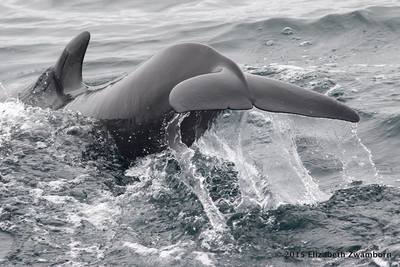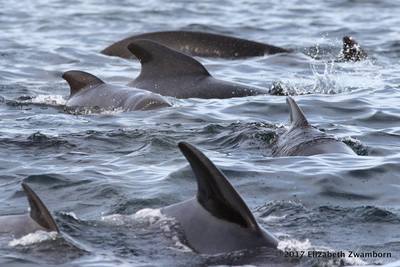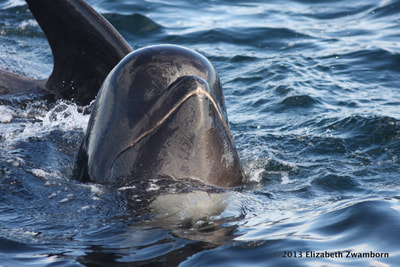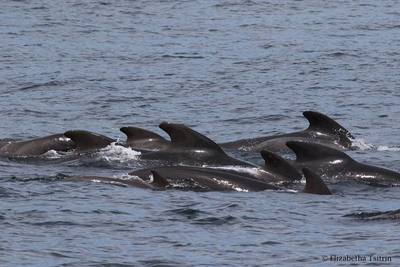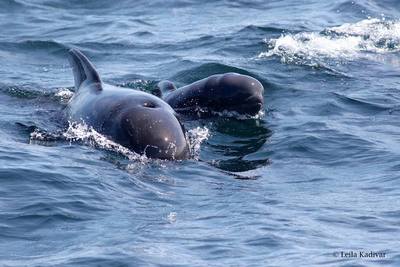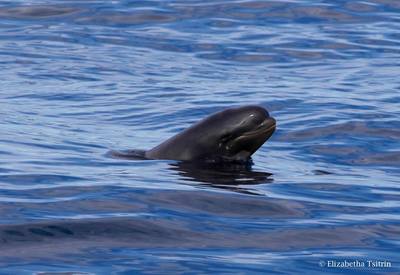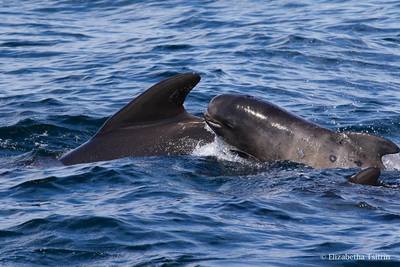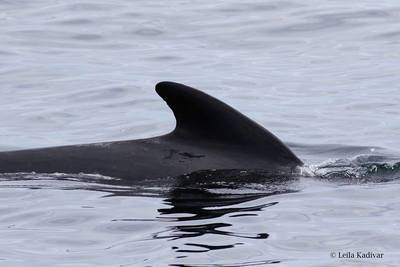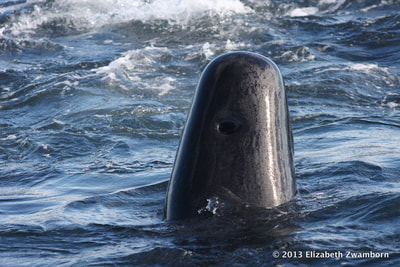-Scientific name: Globicephala melas (roughly translates to "dark globe head")
-IUCN conservation status: Data deficient
-Called "potheads" by early whalers due to the resemblance between their bulbous black heads and cooking pots
-The second largest dolphin species after orcas
-Harvested in the Faroe Islands during controversial summer hunts, called grinds
-IUCN conservation status: Data deficient
-Called "potheads" by early whalers due to the resemblance between their bulbous black heads and cooking pots
-The second largest dolphin species after orcas
-Harvested in the Faroe Islands during controversial summer hunts, called grinds
The Whitehead Lab and Long-Finned Pilot Whales
|
In 1998, the Whitehead Lab started the Cape Breton Pilot Whale Project (link here), a research program focused on conducting comprehensive long-term studies of long-finned pilot whales found off Cape Breton, Nova Scotia, as well as raising public awareness of marine conservation and best whale-watching practices. With over eighteen years of comprehensive behavioral, environmental, photographic, and acoustic data, this project is one of the only studies focused on long-finned pilot whale focused in the world. Field work is conducted off a whale-watching vessel from the community of Pleasant Bay, Nova Scotia, Canada. Researchers are involved in marine education and interact with those who come on board to experience the marine mammals and coastal ecosystems found in the Gulf of the St. Lawrence. Previous Whitehead Lab projects on long-finned pilot whales have focused on topics such as communication, movement, social structure, distribution, alloparental care, and the effects of ecotourism on behavior.
|
Current Projects
|
Elizabeth Zwamborn (Ph.D. Student): For my doctoral thesis I will be exploring the ways in which long-finned pilot whales structure their social interactions within a population that summers off of Cape Breton Island, Nova Scotia. This work will focus more specifically on leadership, allocare, and synchronization within groups of whales. The goal of this research is to provide baseline ecological knowledge for this species in areas such as movement and foraging decisions - which in turn will help inform conservation actions and may even offer insight into why this species so often strands en masse.
|



